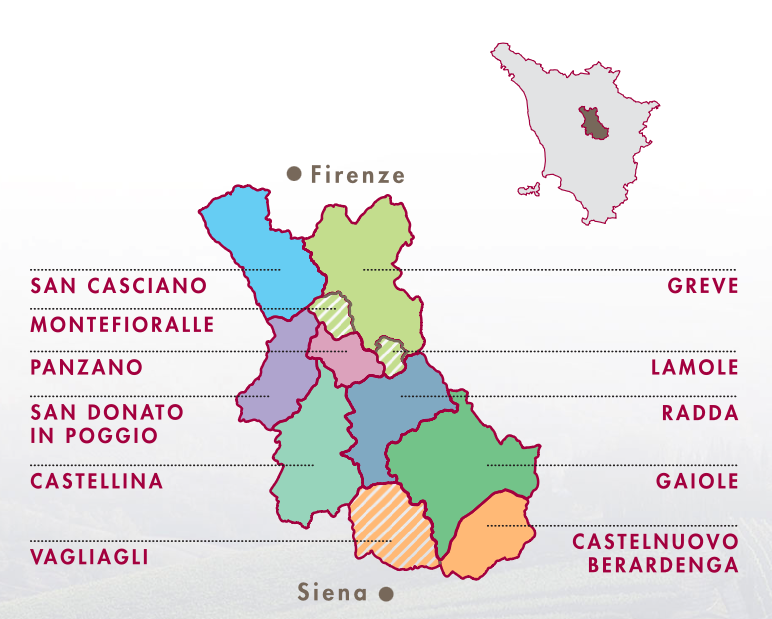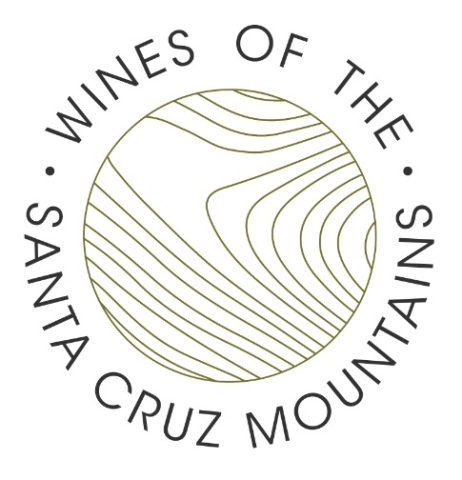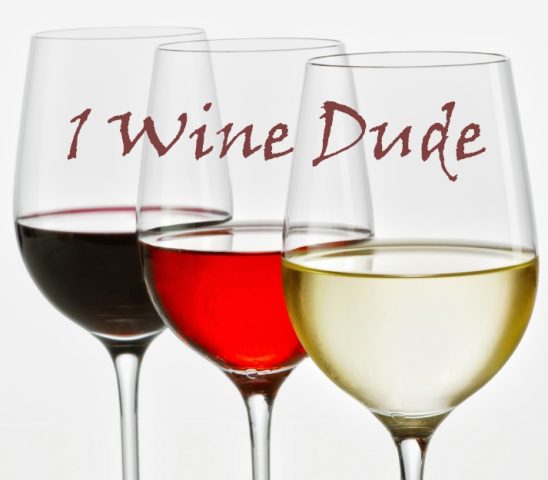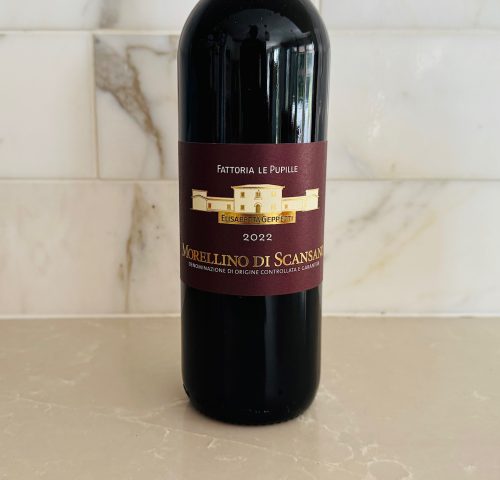At Last: Chianti Classico’s New UGA Classification

We just returned from the 2024 Anteprime Tuscana held in Florence where we tasted the first wines to be labeled using the new UGA (Unità Geografiche Aggiuntive) classification. In 2021, the Consorzio Vino Chianti Classico approved the creation of 11 new regional classifications within Chianti Classico [see large map below]. Given the UGA requirements of a minimum of 30 months’ aging, the earliest that wines carrying this label could be released is 2024.
While the Consorzio approved the new UGAs in 2021, Chianti Classico producers have long understood the different terroir and wines being made within the region, and the Consorzio has worked to improve the quality and market stance of the wine. The Chianti Classico 2000 project, which began in 1987, identified the most promising clones of Sangiovese, and our recent conversations with winemakers indicates that these clones have been used in many vineyard replantings to good effect. In 1996, Chianti Classico acquired DOCG status, along with more stringent rules to raise quality, including prohibiting white varieties and increasing the minimum percentage of Sangiovese. Finally, in 2014 the Consorzio created a new category of Chianti Classico called the Gran Selezione, a classification above Riserva. Many (but not all) Gran Selezione wines are sourced from single vineyard crus.
A few years ago, we traveled and tasted extensively throughout Chianti Classico, and regarding UGAs, we said in our report, “An important question facing the Consorzio at this time is whether or not to introduce menzioni geografiche aggiuntive, indicating the geographic source of the grapes in the wine. Most likely this would start at the level of the commune (e.g., Castellina, Gaiole, etc.) but could also be extended to the village level (e.g., Monti, Panzano, etc.).” In the end, our prediction was wrong; the UGA designation today begins at the other end of the quality spectrum, with Gran Selezione wines.
Anticipating the UGAs, we organized our 2016 report around the producing regions to attempt to determine whether differences in terroir are in fact reflected in the wines. Our conclusion was that the more extreme terroir differences (e.g., San Casciano vs Castelnuovo Berardenga) are evident in the wines, but within the classic growing region [Greve-Radda-Castellina-Gaiole] originally defined by Cosimo III de’Medici, differences between producers are larger than those between communes.
We’ve not repeated this exercise focusing on Gran Selezione wines, although we would love to do so. The results might be different from our earlier exercise since Gran Selezione wines must be predominantly made from Sangiovese that is estate grown and bottled, aged a minimum of 30 months in oak and bottle, and sourced from a single vineyard or a selection of the estate’s best grapes.
We continue to expect that UGA/regional labeling will eventually move from the commune to the village level, as already exists in Burgundy. We also expect that, extreme climate events aside, the quality of Chianti Classico wines will continue to improve. Tasting the new releases of 2024, we are already impressed with how much more refined and fresh the wines are compared to a decade ago.






